Norval Morrisseau (1931–2007) painted this work two years after his debut at the Pollock Gallery in Toronto. He made a number of self-representations over the course of his career and Self-Portrait Devoured by Demons is an early but powerful example signifying the struggles Morrisseau faced upon entry into the mainstream art world.

Norval Morrisseau, Self-Portrait Devoured by Demons, 1964
Acrylic on paper, 209.2 x 78.7 cm, Art Gallery of Ontario, Toronto
A Freudian interpretation would read the snakes that envelop the artist as phallic symbols. In Christian tradition, snakes are associated with evil. Yet given Morrisseau’s cultural background, an intersection of meanings is central to understanding this imagery. In Anishinaabe culture, the snake is not always a signifier of evil: snakes also have powers to heal the sick and were used in mide rites of the Midewiwin religion.
Although these snakes recall traditional stories, Morrisseau may have reinterpreted their meaning to suit his contemporary situation. The snakes may be read as a visual reference to the stranglehold Morrisseau’s Indigeneity (both cultural and political) had on him as an artist and as an Indigenous man living in Canada in the 1960s. As he broke new ground, tentatively negotiating the terrain of Canadian cultural politics, Morrisseau was clearly uncertain of his fate and he renders that sense of vulnerability here.
This Spotlight is excerpted from Norval Morrisseau: Life & Work by Carmen Robertson.
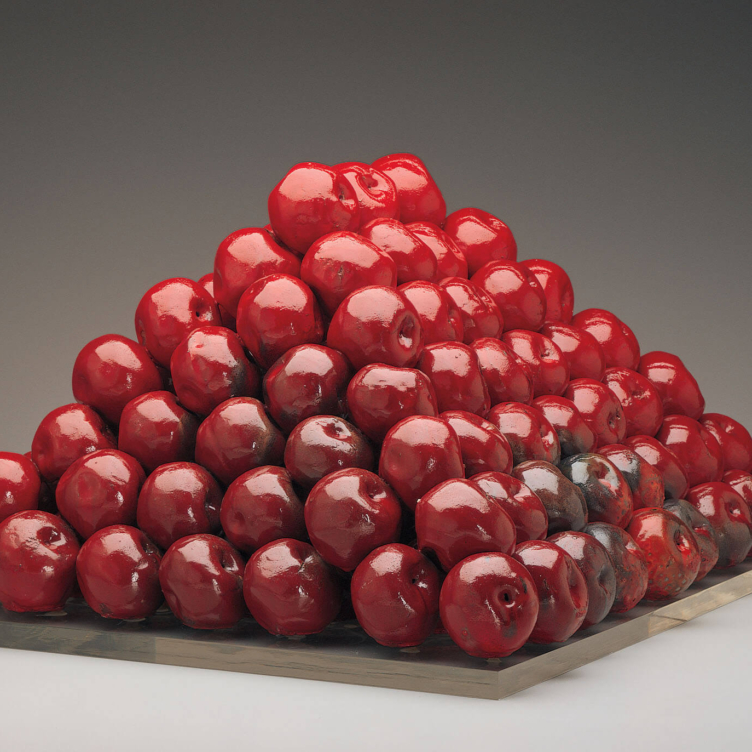 Pyramid Scheme
Pyramid Scheme
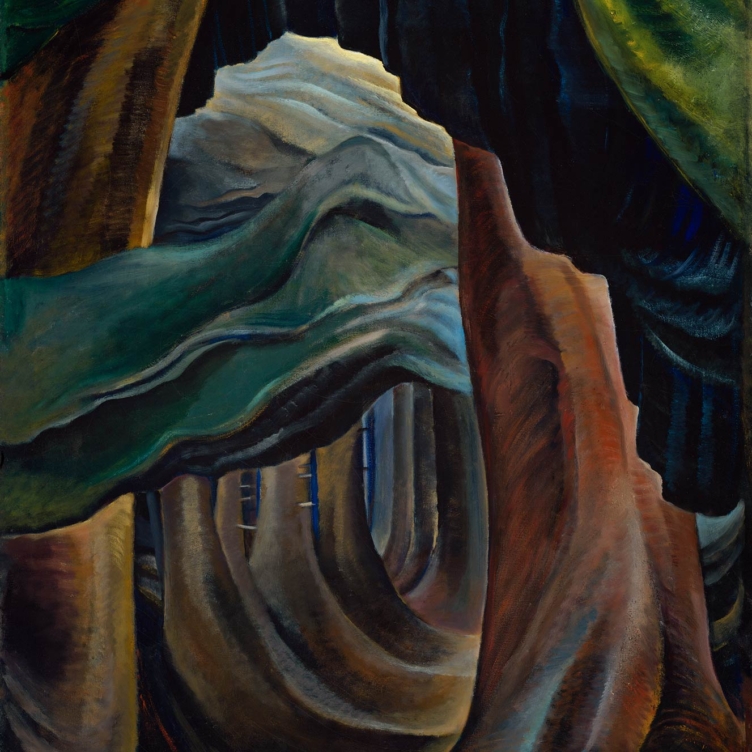 Transportive Trunks
Transportive Trunks
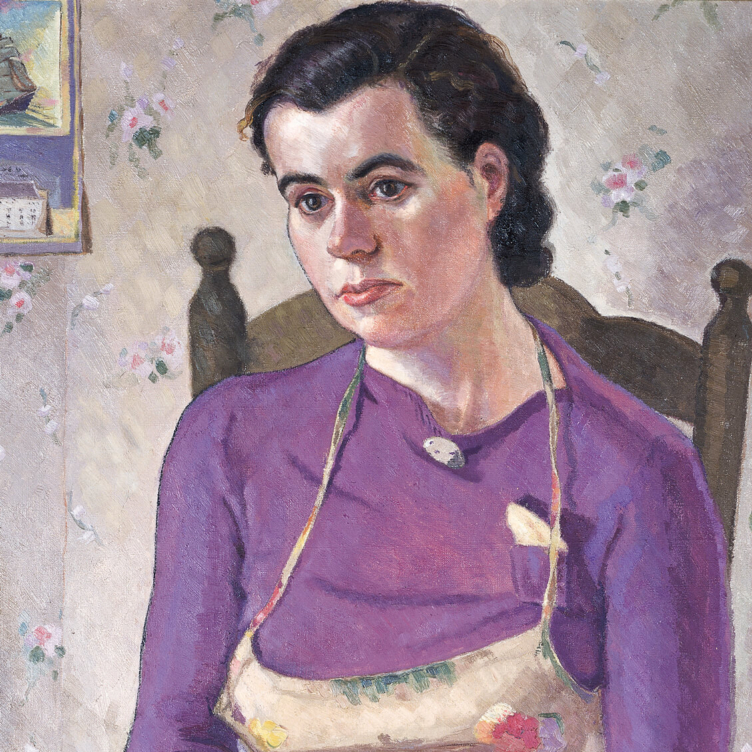 The Military Mate
The Military Mate
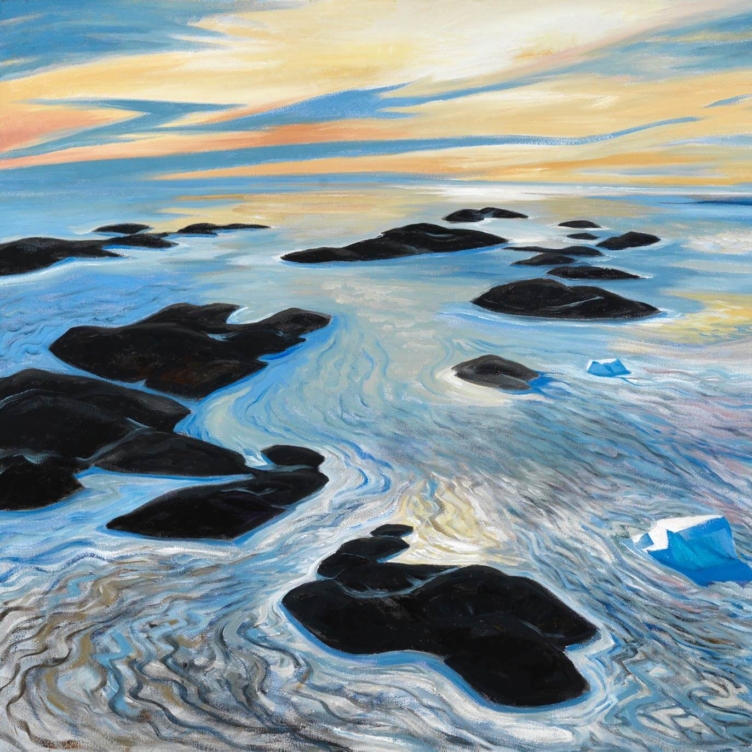 Looking Up on the World
Looking Up on the World
 Vessel of Despair
Vessel of Despair
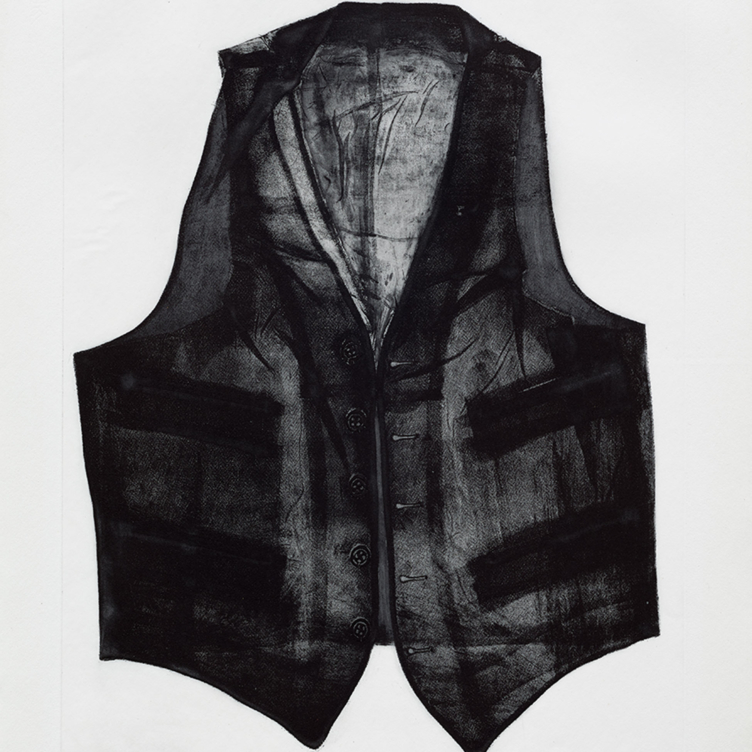 Layers of Meaning
Layers of Meaning
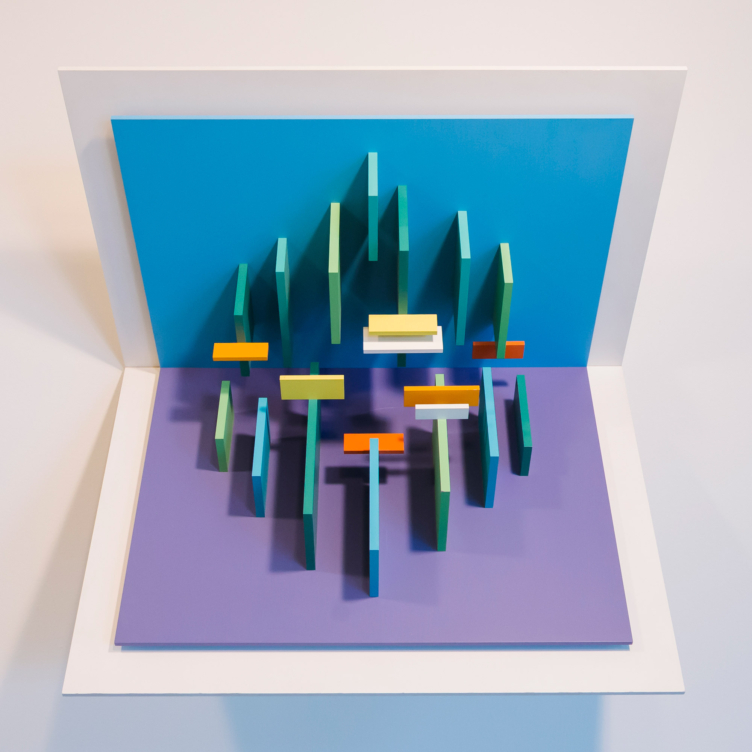 In Parallel to Nature
In Parallel to Nature
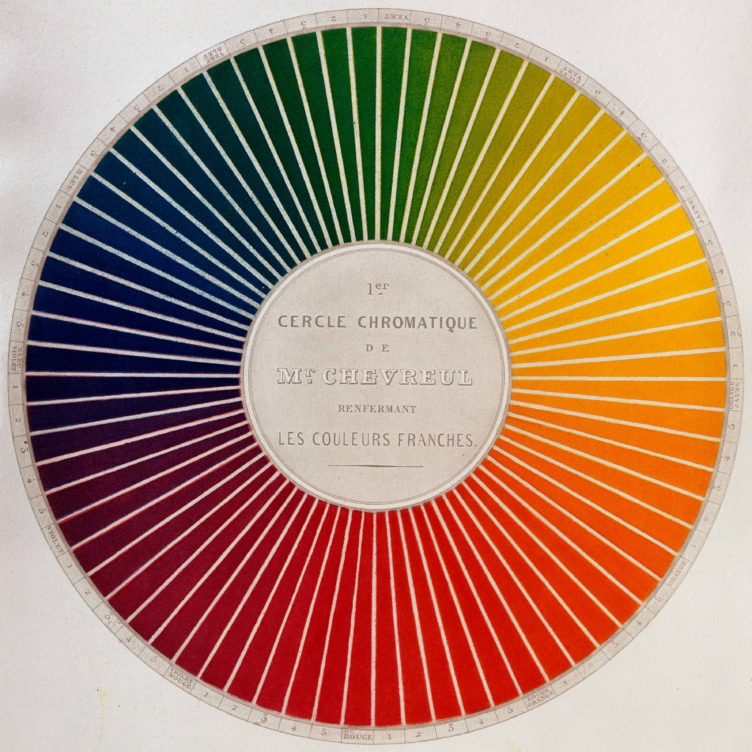 Wheel of Fortune
Wheel of Fortune
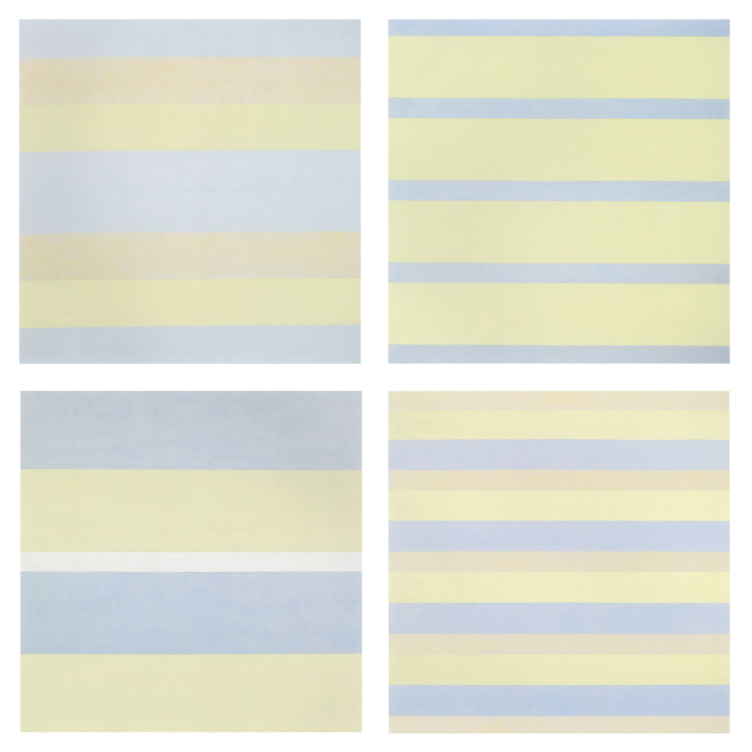 Paintings after emotional states
Paintings after emotional states
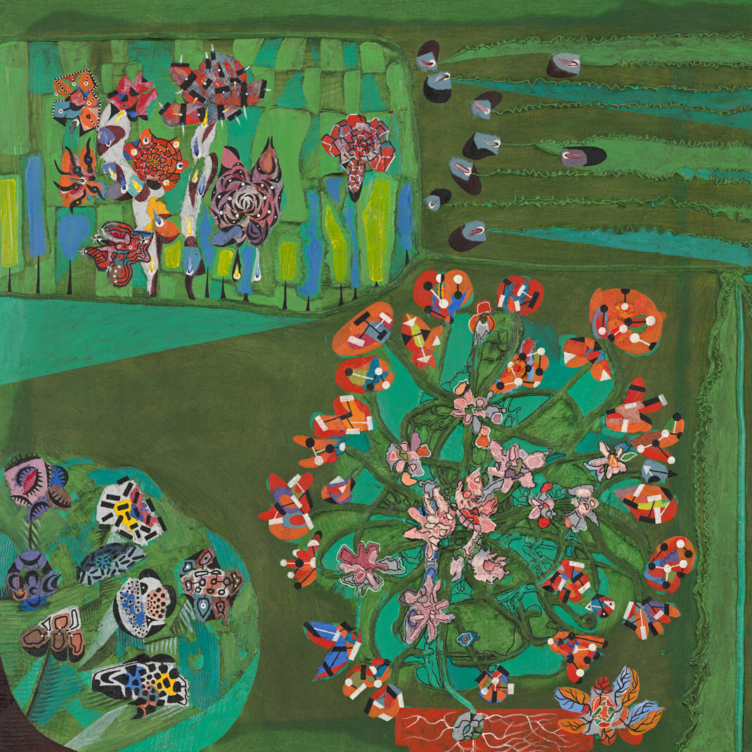 Garden of Delight
Garden of Delight
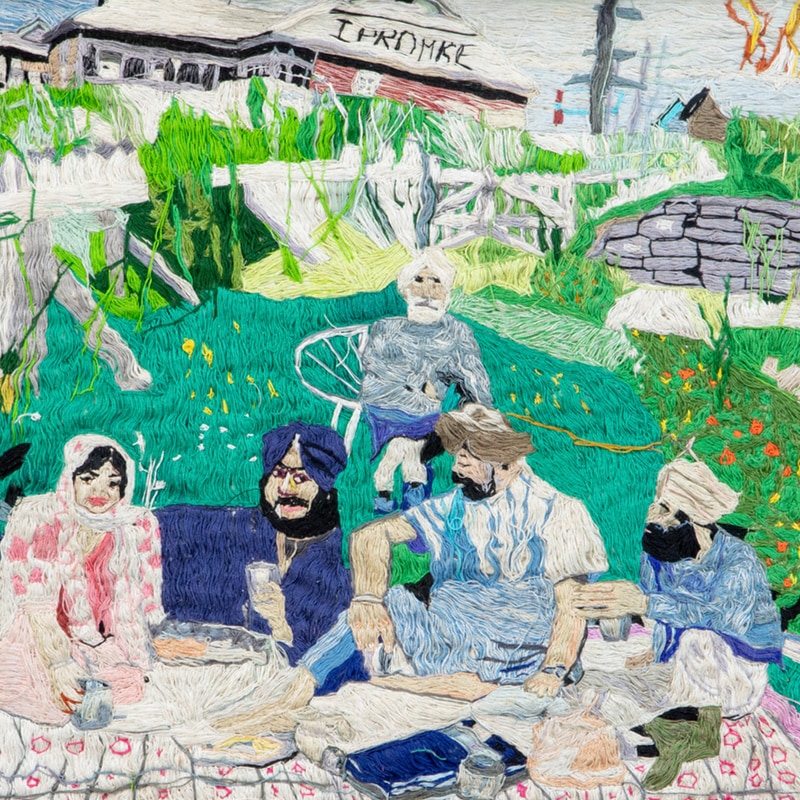 Stitching the Archives
Stitching the Archives
 A Working-Class Hero
A Working-Class Hero
 Imagining Entangled Futures
Imagining Entangled Futures
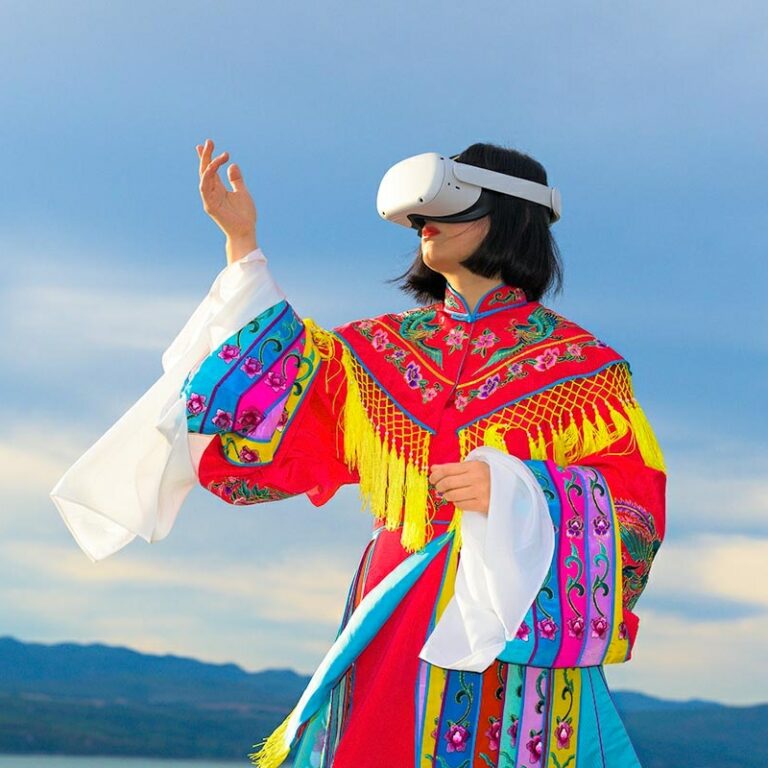 Bridging Far and Near
Bridging Far and Near
 Soft Power
Soft Power
 Imagining Emancipation
Imagining Emancipation
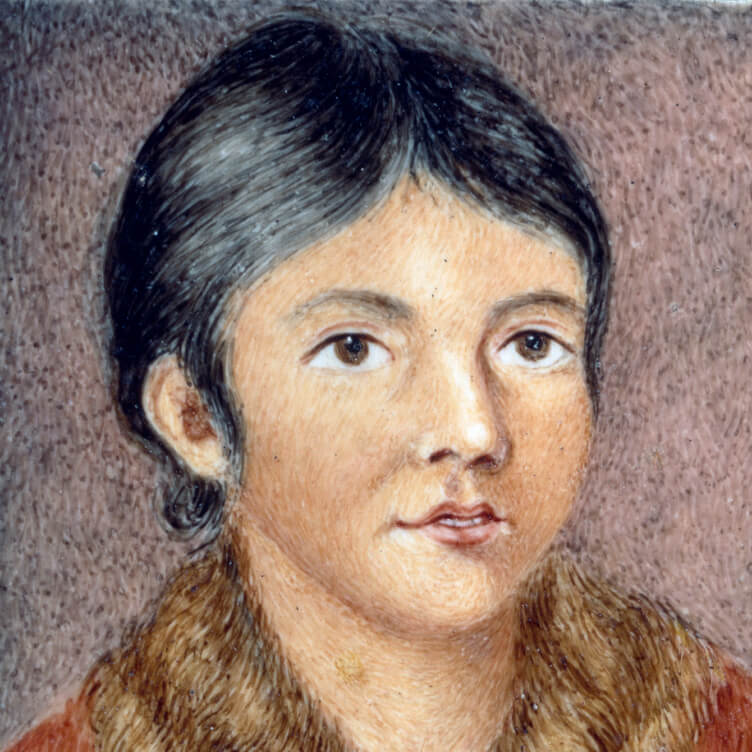 A Priceless Portrait
A Priceless Portrait
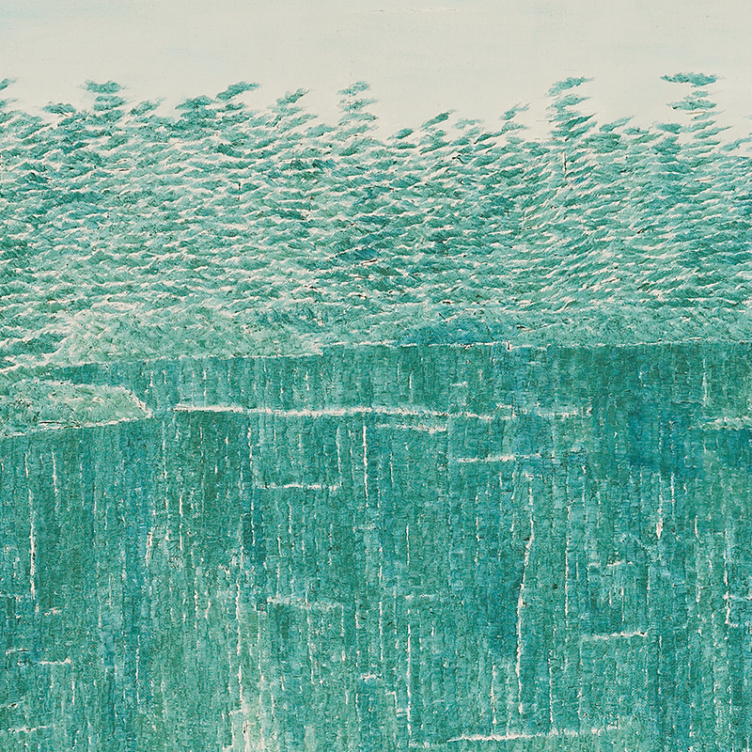 Meditation in Monochrome
Meditation in Monochrome
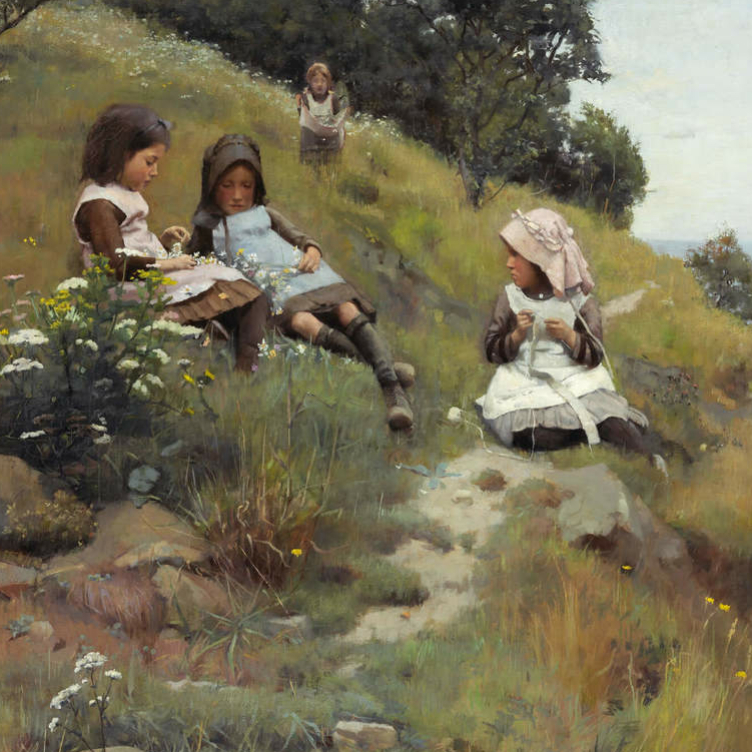 Making His Mark
Making His Mark
 Honour and Sacrifice
Honour and Sacrifice